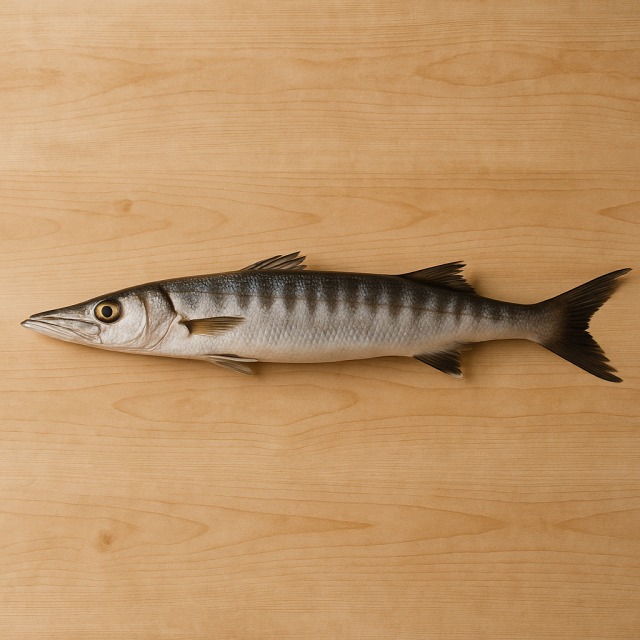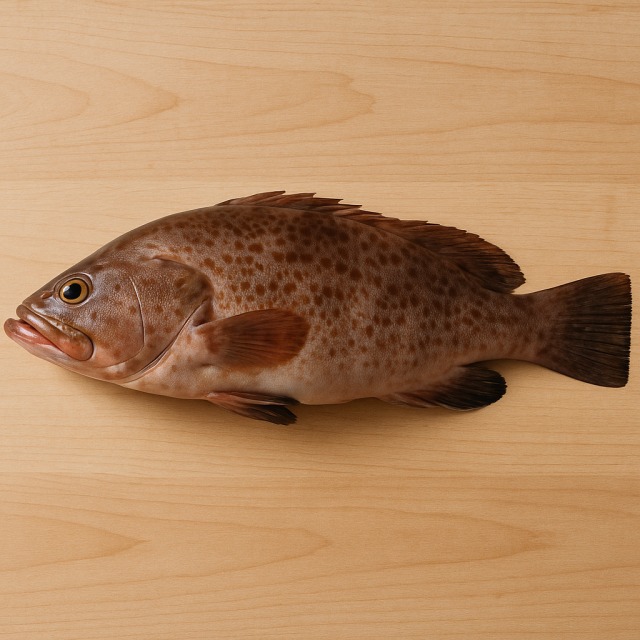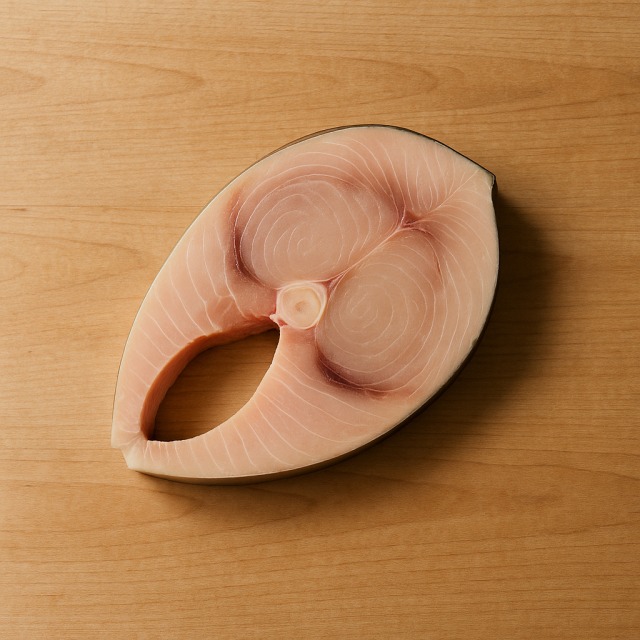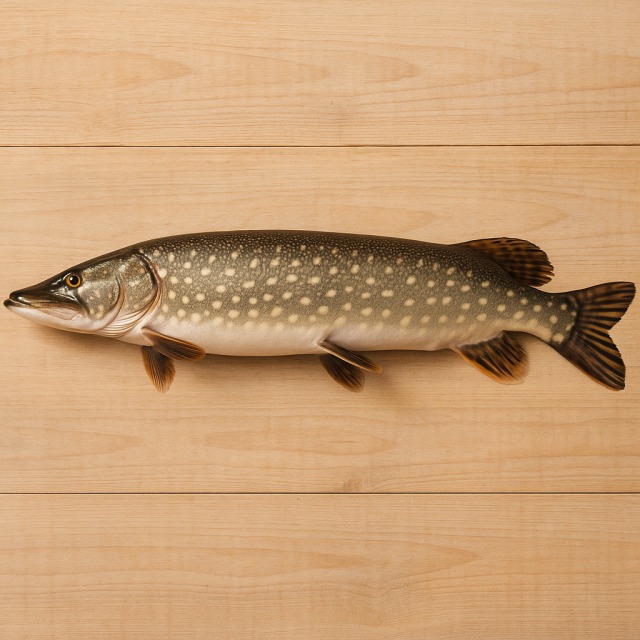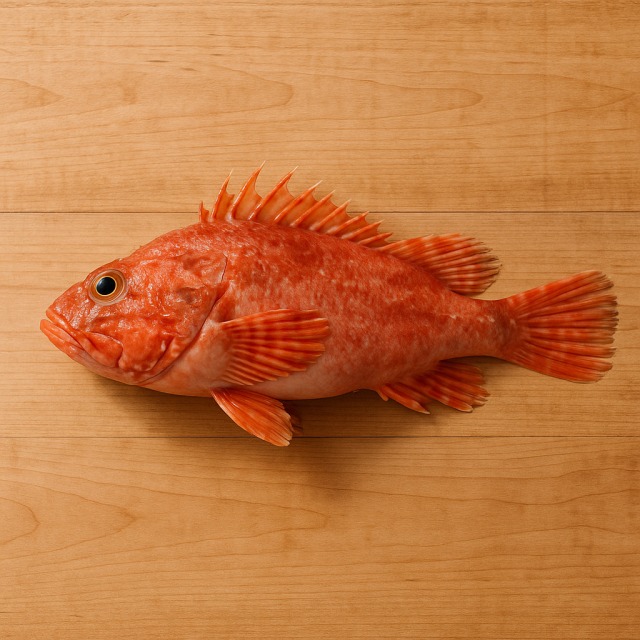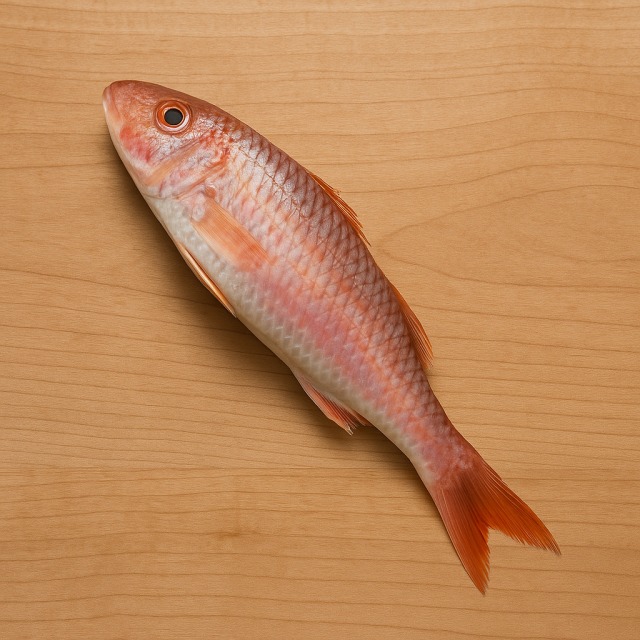Calorie Chart / Fish / Monkfish
How Many Calories Are in Monkfish?
Calculation of the nutritional value & Recommended Dietary Intake of monkfish
For g and a calorie requirement of kcal
| Calories 119 kcal | Proteins 27 g | Lipids 1.5 g | Carbohydrates 0 g |
| 6% | 36% | 2% | 0% |
Health benefits of monkfish
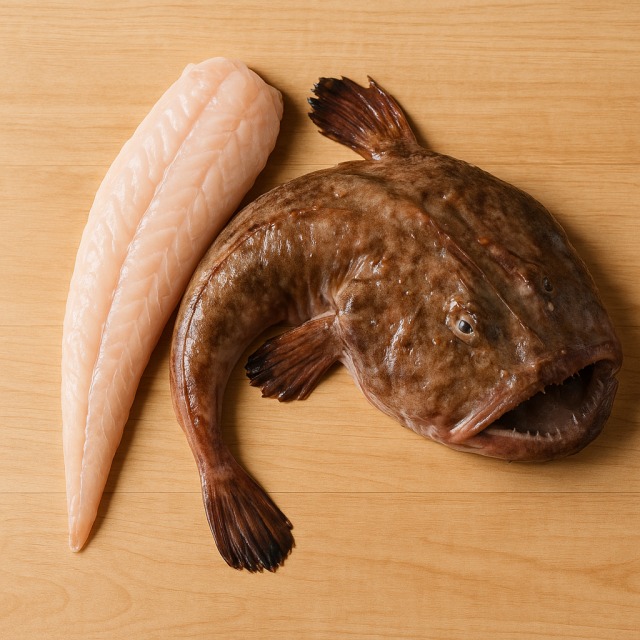
Monkfish - 100g
Calories 79 kcal
Proteins 18 g
Lipids 1 g
Carbohydrates 0 g
With only 79 calories per 100 g, monkfish is considered a low-calorie food. These modest calories make it attractive to anyone wanting to control calories while still getting flavor.
Beyond the question of calories, monkfish supplies about 18 g of protein for the same portion, with barely 1 g of fat and zero carbohydrates. It is a good source of B-group vitamins, notably B12 and niacin, as well as selenium, phosphorus, and iodine—minerals that support thyroid function and immune defense. Because its fats are so limited, the few that are present are largely unsaturated, which keeps calories down and contributes to cardiovascular health.
The low-calorie profile is reinforced by the fact that monkfish has a naturally firm texture that satisfies appetite quickly. Fishermen once called it poor man's lobster because its flavor and texture resemble lobster for a fraction of the calories. Historical records show that medieval cooks in coastal Europe regularly dried or salted the fish to keep calories available during fasting periods.
Monkfish also tends to accumulate less mercury than larger predatory fish, a benefit that makes its calories even more interesting for regular consumption. Count on monkfish when you need protein without too many calories but still want an elegant dish.
Tips for incorporating monkfish into a balanced diet
Because it delivers so few calories, monkfish is the ideal centerpiece of a balanced plate. Roast tail medallions with a drizzle of olive oil and serve them on a bed of grilled zucchini and bell pepper; the vegetables add volume with minimal calories, keeping the overall calories of the meal in check.
If you prefer a comforting dish, simmer monkfish in a tomato and white wine stew similar to ratatouille. The aromatic sauce brings depth without exploding calories, and you can spoon it over a small portion of quinoa or brown rice to round out the meal. Monitor the grain serving: 60 g cooked adds roughly 70–80 calories, a figure easy to integrate into your daily calorie goal.
For athletes needing extra calories after training, turn monkfish into a coconut curry; the fish still keeps calories moderate, while the coconut milk pushes total calories upward when desired. Whatever the recipe, avoid coating the fish in excessive butter or cream if your objective is to cap calories. Steaming, grilling, or poaching methods respect the delicate flesh and maintain a tidy calorie count.
Finally, remember that a squeeze of lemon, fresh herbs, and a teaspoon of soy sauce can lift flavor dramatically without adding meaningful calories, helping you stay within a strict calorie budget.
Frequently Asked Questions
- How many calories are in monkfish?
- There are 79 calories (79 kcal) per 100 g.
- Is monkfish good for weight loss thanks to its calories?
- Yes. With only 79 calories and 18 g of protein per 100 g, monkfish offers satiety for very few calories, making it a weight-loss ally.
- How do monkfish calories compare to salmon calories?
- Salmon provides around 200 calories per 100 g, more than double the 79 calories found in monkfish. Choose according to your calorie target.
- Does grilling or steaming change monkfish calories?
- The fish itself stays at 79 calories per 100 g. The variation comes from added fat. Steaming adds virtually no calories, while pan-frying in a tablespoon of oil can raise the portion by about 120 calories.
- Is monkfish safe to eat often regarding mercury and calories?
- Monkfish is classified as a low-mercury species, so its light mercury load matches its light-calorie profile, allowing regular consumption as part of a varied diet.
Similar foods
Information provided by Calorie Menu may contain inaccuracies or errors. It cannot, under any circumstances, substitute medical advice or medication.
